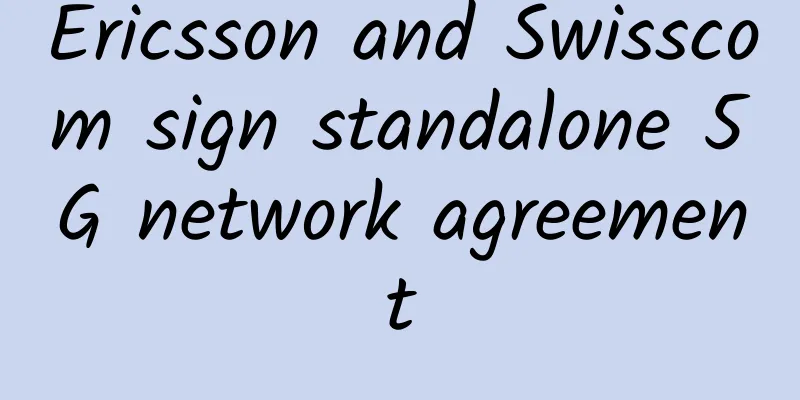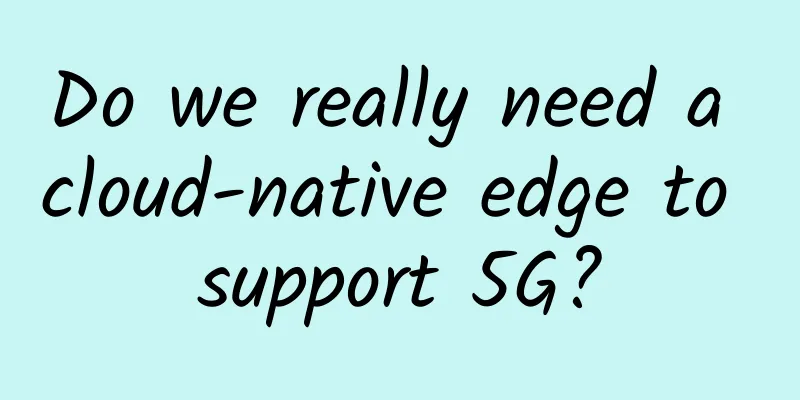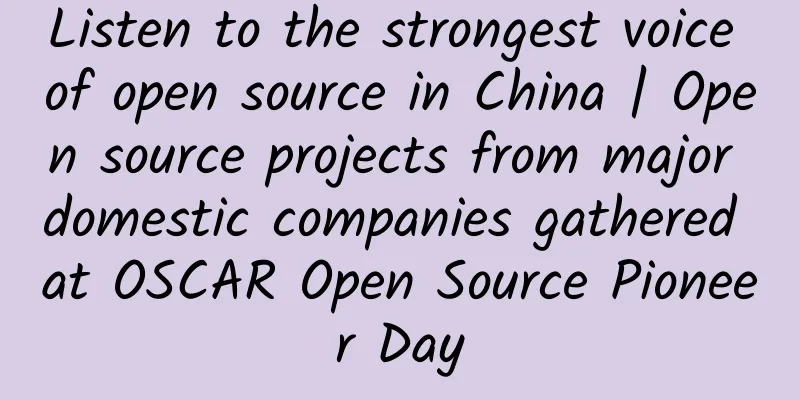Ericsson and Swisscom sign standalone 5G network agreement

|
Ericsson and Swisscom have signed an expanded 5G deployment agreement, which includes converting the operator’s 5G network to standalone (SA) networking mode. Swisscom plans to use Ericsson’s cloud-native dual-mode 5G core, including container-based cloud packet core and cloud data management and policy.
Swisscom and Ericsson reach 5G independent network cooperation (Image source: fiercewireless) 5G base station equipment is also part of the deal, with Swisscom leveraging 5G NR carrier aggregation and 5G RAN slicing technology. Network slicing is one of the features that operators are looking to move to SA 5G as a way to potentially increase revenue and new business models. It enables a portion, or “slice,” of the network to be isolated and dedicated to resources that meet specific customer needs, such as bandwidth or latency. Just last month, Ericsson helped Vodafone launch a standalone 5G network in Germany. T-Mobile in the United States launched one of the first nationwide SA 5G deployments last August. The strategic partnership with Swisscom calls for increased automation, designs powered by artificial intelligence and machine learning, cognitive software that helps optimize networks, and cloud-native infrastructure over the next three years. With these capabilities, Ericsson says customers can take advantage of faster 5G speeds, reduced latency, and the aforementioned benefits of network slicing. “Together, we pioneered 5G in Europe and have demonstrated your technological leadership and our innovative capabilities,” said Mark Düsener, Head of Mobile & Mass Market Communications at Swisscom. “This new deal confirms our joint commitment to follow this path and to further accelerate the development of 5G technology.” Swisscom and Ericsson have been 5G partners since 2017 and launched Europe’s first commercial 5G network in April 2019. By December 2019, the 5G non-standalone (NSA) network covered 90% of the Swiss population with the help of dynamic spectrum sharing (DSS), reaching 96% as of last month. As the partners begin to move Swisscom’s network to SA 5G, which no longer relies on 4G LTE as a core network, one of their achievements was enabling SA 5G voice and data calls on a commercial network in Bern. While 5G is expected to handle data-intensive applications, more basic functions (such as local voice) will still be needed when moving to a strict 5G architecture. This year, CHIP network tests of Swisscom and other operator networks looked at both low-band 5G with DSS and faster capabilities with the new 3.6 GHz spectrum. Swisscom measured 50.4 availability with 60.4% in the urban areas tested, while operator Sunrise had 45.3%. For measurements testing 3.6 GHz 5G, Swisscom delivered an average speed of 293 Mbps, just behind Sunrise (381 Mbps) and just behind Salt (287 Mbps). As new 5G services continue to come online, Swisscom said goodbye to its legacy 2G network, which it finally shut down in mid-April. According to the operator, 2G carried less than 0.03% of traffic by the end of 2020. |
<<: WiFi coverage is fully covered and the pain points are solved on the last day of the holiday
Recommend
How SD-WAN is changing the network services market
As technology continues to evolve, SD-WAN (wide-a...
Scientists convert Wi-Fi signals into electricity to charge devices
Wireless charging, which we often refer to, gener...
Diagram: Page replacement algorithm
[[398509]] This article is reprinted from the WeC...
What is the difference between HTTP and RPC?
HTTP (Hyper Text Transfer Protocol), also known a...
HostYun: Russia's two-way CN2 line with large bandwidth KVM, monthly payment starts from 22 yuan
HostYun has been providing Russian CN2 line VPS f...
DogYun's fourth anniversary: 30% off on Elastic Cloud/20% off on Classic Cloud, 40% off on new Chongqing Cloud, 10 yuan free for every 100 yuan deposit, 100 yuan off for dedicated servers
Yesterday morning we shared information about Dog...
RAKsmart server flash sale starts from $30/month, 1-10Gbps unlimited traffic server starts from $149/month, VPS 50% off
This month, RAKsmart continues the previous activ...
2018 Edge Computing Industry Alliance starts a new journey! Huawei promotes technological innovation and accelerates commercial implementation
[51CTO.com original article] Recently, the 2018 E...
China Academy of Information and Communications Technology: Cumulative domestic shipments of 5G mobile phones reached 163 million units from January to December
Today, the China Academy of Information and Commu...
WiFi signal is not ideal? Check whether the network equipment is deployed correctly?
AP is the most commonly used device for building ...
CFCA creates a secure all-in-one solution, Kunpeng comprehensively promotes financial innovation
Currently, the financial industry is in a critica...
Big data credit reporting system is the future development direction. Credit reporting helps the healthy development of the economy.
On December 5, the 4th International Forum on Int...
517 World Telecommunication Day Conference is about to open: three highlights to boost 5G
The "2019 World Telecommunication and Inform...
Essential for operation and maintenance: automated script for batch SSH password-free login of Linux machines
During the operation and maintenance of a large p...
my country's optical chip technology upgrades accelerate the proportion of optical devices to rise year by year
Optical chips and optical components are the basi...









